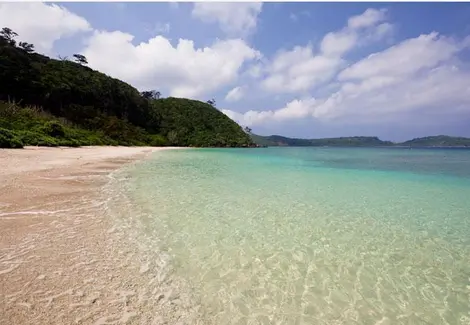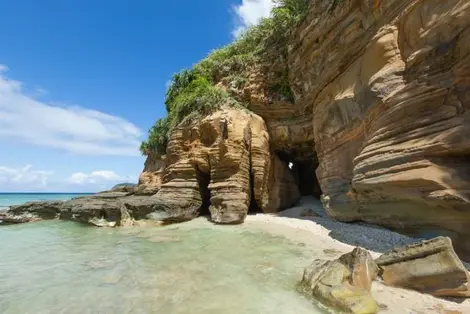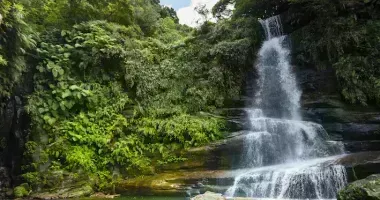Iriomote Island
- Published on : 24/11/2015
- by : R.A
- Youtube
Jungles and Coral Seas
Iriomote-jima holds a special place in the Japanese imagination, with its outstanding wild flora, fauna and endemic species. The island has the feeling of a remote South Pacific island, as it didn't have many visitors for a very long time.
Iriomote is the second-largest island of Okinawa and forms part of the Yaeyama Islands. It is also one of the island's furthest to the east and is much closer to Taiwan than the island of Kyushu.
An unspoiled island
Despite its 289 km² area, Iriomote only has 2,000 inhabitants. Around 90% of the island is covered by dense jungle. Indeed, for a long time, the island was virtually uninhabitable as malaria was common there before its eradication, and the island, unfortunately, lies in the path of typhoons. That's why today there are only two main villages on the island, Ohara and Uehara, and just one road connecting them. Other coastal hamlets exist, but can only be reached by boat.
Getting to the island also remains difficult, since the only ferry that runs to the island is from Ishigaki, an hour away by boat, and crossings largely depend on weather conditions. On the island, a bus is the only existing route for a journey of 90 minutes. The rest of the island must be explored on foot or by boat. The island is very protected, in fact, the entire island is part of the Iriomote Ishigaki National Park.
Natural treasures on Iriomote
When people travel to Iriomote, it's mainly to discover its untouched nature. The best way to experience this is by one of the two rivers, the Urauchi or the Nakama. You can explore the heart of the island and discover its mangrove forests by boat or kayak tour. You'll have the opportunity to see jungle wildlife including endemic species such as the Iriomote Yamaneko (Iriomote wildcat). Discovered in 1965, this species only exists on Iriomote, and with only around 100 left, they are endangered and considered national treasures.
Closer to shore, you can go to one of the many beaches of the island by road or by boat. These beaches have been left in their natural wild state, and visitors must, therefore, be careful - the risk of being bitten by a very poisonous habu jellyfish is real. You will, however, also the opportunity to dive or snorkel to observe the island reef or explore the star-shaped sand of Hoshizuna beach located near Uehara Port. Diving activities are also available from the island's Ohara and Uehara ports.
Iriomote offers visitors the chance to discover undisturbed nature and native animals. A far cry from other regions of Japan, and more similar in feeling to some South Pacific Islands.






















